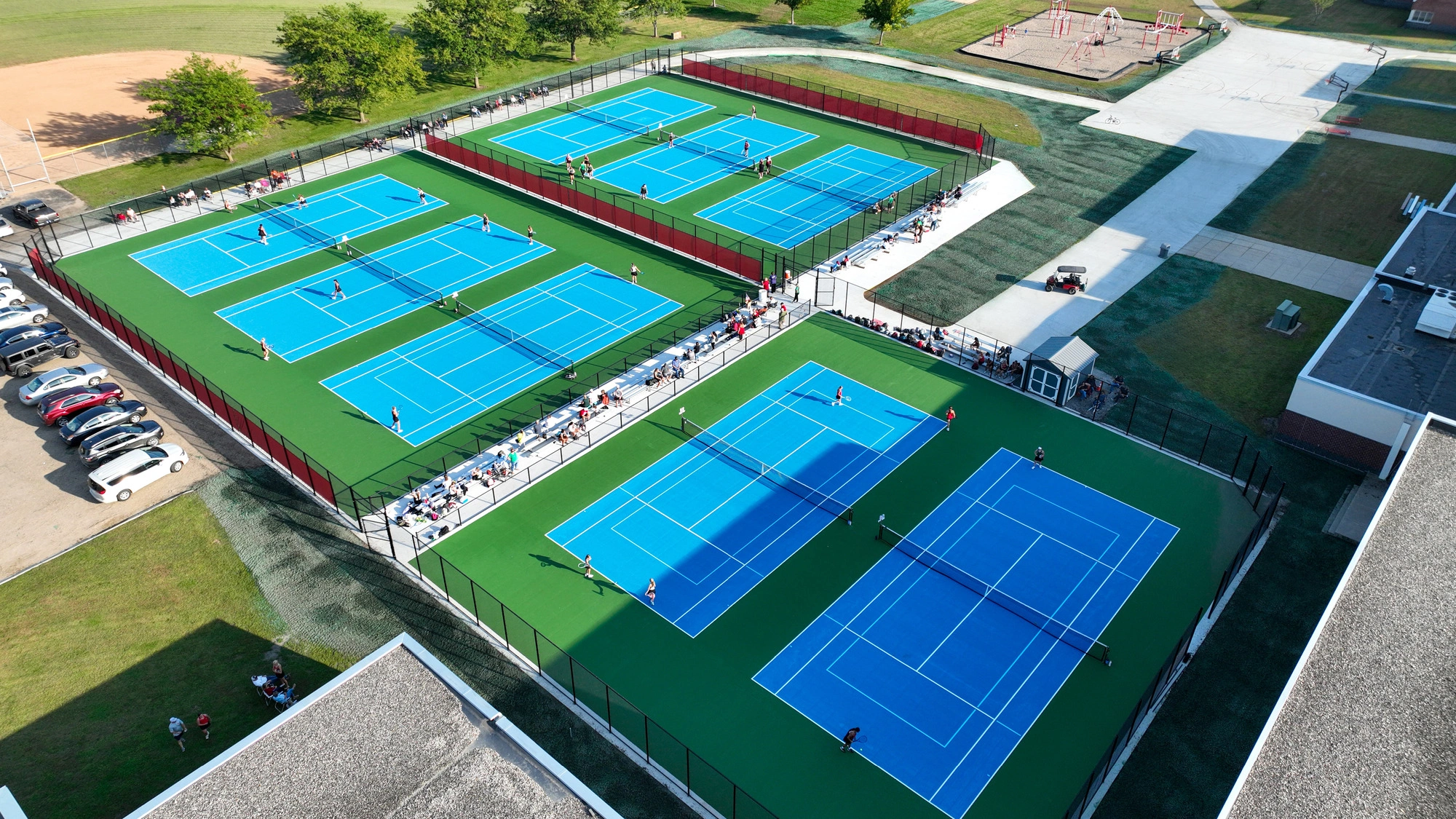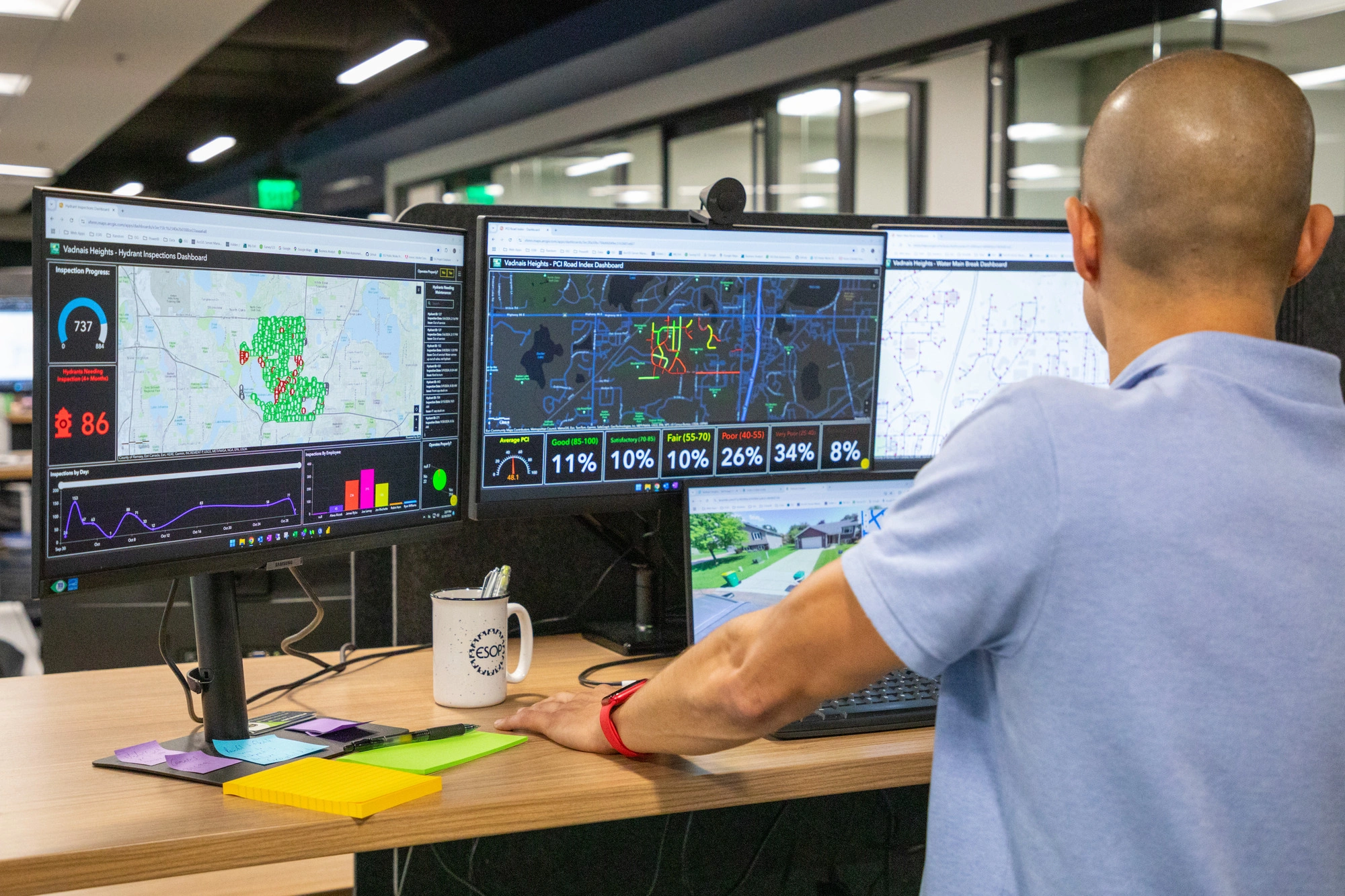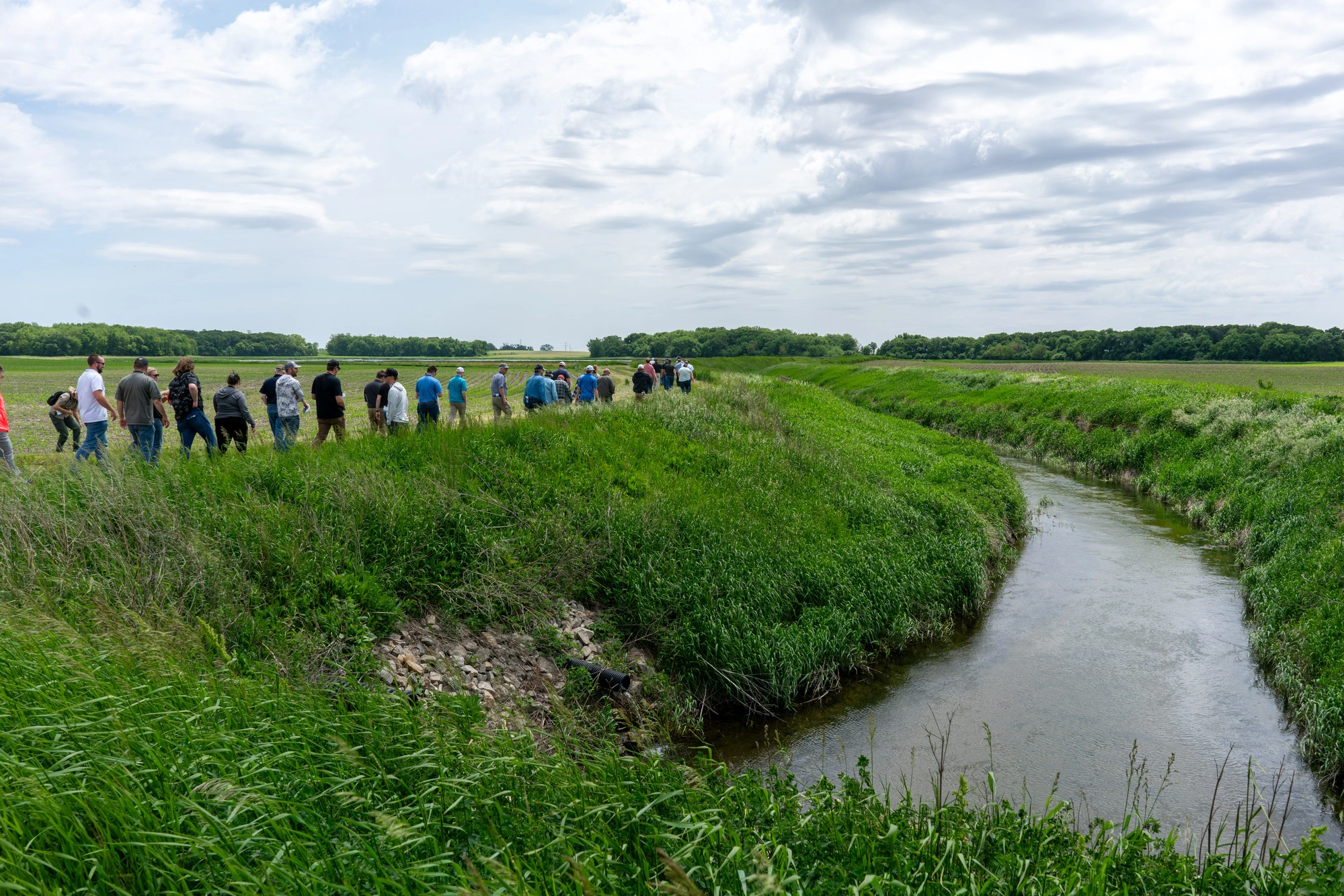Streets of Change: Bump Outs, Curb Extensions, and the Pedestrian Experience
When it comes to enhancing our streetscapes, the word bump out is often misused or not completely understood. Adding bump outs, technically referred to as curb extensions, is the process of modifying the built streetscape by extending curb lines and adding visual cues, guided by the overarching goal to improve pedestrian safety and create roadways built for the pedestrian experience. As our roadway networks developed over the past century, design increasingly focused on vehicular efficiency and less on pedestrian safety and accessibility. Essentially, we created places for cars that only accommodated the people who live and work in our communities. Our city roadway network was designed to move cars in and out of our downtown areas into the suburbs as quickly as possible, creating high speed roads that were safe for vehicles, but dangerous for pedestrian users. In our rural communities, our main streets became high speed highways and thoroughfares, with traffic no longer slowing down to stop and visit our downtown businesses or spend time in our communities. This roadway network created cold, lifeless streetscapes for the sake of efficiency at the expense of pedestrian safety and experience.
With this history in mind, we come back to the word “bump outs” and what it truly means when reimaging streetscapes and how pedestrians and vehicles interact with one another and the built environment. Instead of thinking of the physical feature of a bump out, the intent is to alternatively create a streetscape that is created for pedestrians and accommodates vehicles. This can be accomplished through a variety of design features including adjusting curb lines, introducing visual elements to alert drivers, or adding speed reduction or additional safety elements. When we are adding “bump outs” to a streetscape, the curb is physically moving to lessen the walking distance for pedestrians, while also providing a visual cue to drivers to slow down and stay alert for pedestrians sharing the roadway. Drivers pay attention to these visual cues and adjust their driving patterns accordingly.
Another misconception is that bump outs are a way to beautify our streetscapes with planters and flowers, but this outcome is only an unintended positive result. By moving the curb line, pedestrians are given a shorter distance to travel across the roadway, and the planters and flowers provide another visual cue to drivers to watch for pedestrians and lower their speed. These planters and flowers also create an inviting space for pedestrian users, transforming lifeless streetscapes into vibrant areas where pedestrian and vehicular users coexist. When reimaging the built environment and how pedestrians and vehicles interact on the roadway, we also must also ensure local businesses, emergency response, and maintenance and public works staff will not be adversely impacted by the changes. ISG has found that incorporating public education and on-site meetings, soliciting input and feedback from specific stakeholders, and using temporary installations or pilot demonstrations throughout the design process is critical in demonstrating how the new roadway configuration will function. If people can see and experience the design prior construction, they are typically more comfortable and excited to see it permanently incorporated in their community.
ISG has worked with communities throughout the Midwest to design roadways with pedestrian users in mind and challenge conventional understandings associated with bump outs and curb extensions. Our team understands each community is different and has varying needs and we will work with residents, local businesses, and city staff to ensure these needs are reflected in our solutions and designs. ISG’s solutions-based approach is based on years of experience and we look forward to assisting other communities to create welcoming and vibrant pedestrian-friendly streetscapes.


.webp)

Related Articles

.webp)
ISG Recognized as a 2025–26 Emerging Professional Friendly Firm for the Fourth Consecutive Cycle
ISG has been honored as a 2025–26 Emerging Professional Friendly Firm by AIA chapters in North Dakota, South Dakota, Wisconsin, and Minnesota in recognition of its commitment to fair compensation, licensure support, mentorship, and growth for early-career architects.












